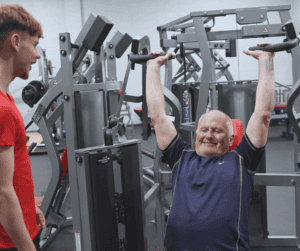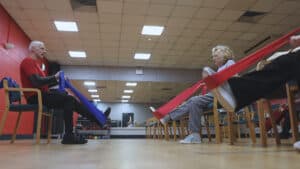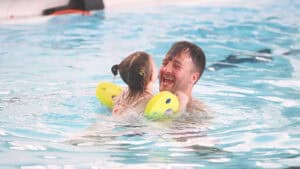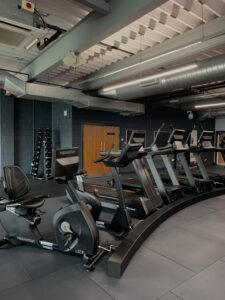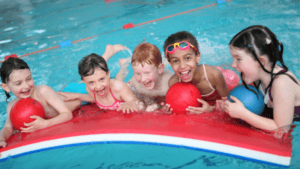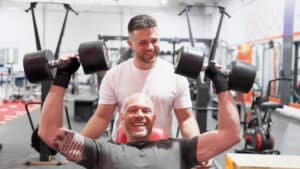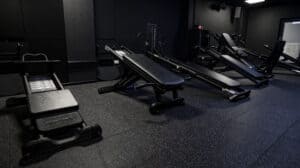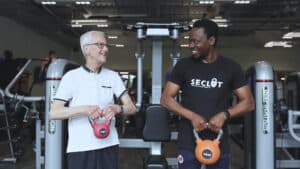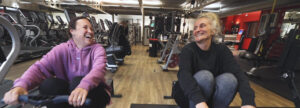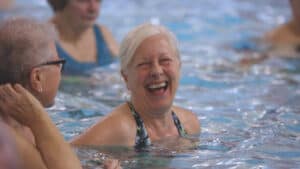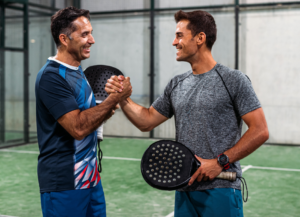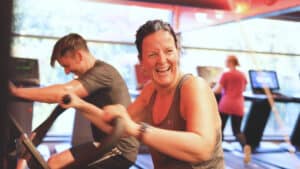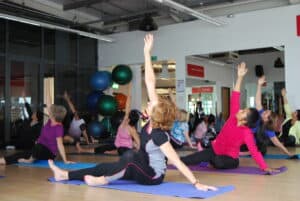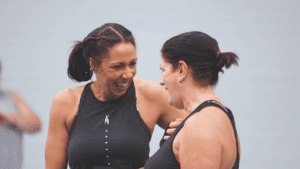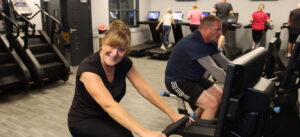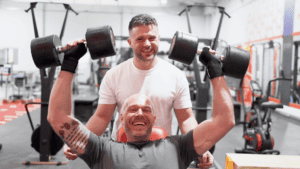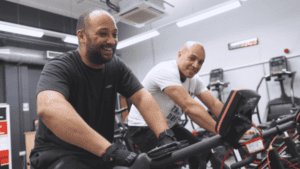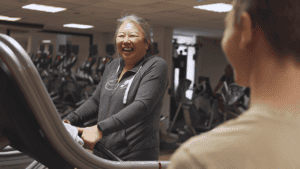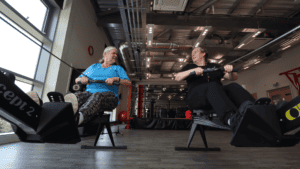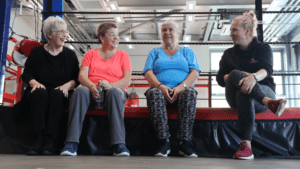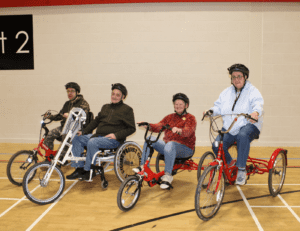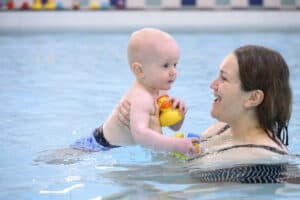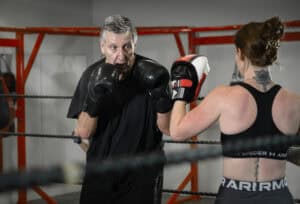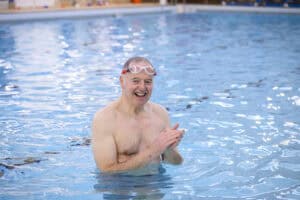We often talk about the mental and physical benefits of being active adults, but movement is also just as important for children. Active children grow into active adults, so introducing exercise as a fun experience at a young age will not only benefit them now, but will also instil a positive attitude towards keeping fit in the future.
Here at Life Leisure we know it’s not a case of ‘one size fits all’ when it comes to finding an activity your child or family will enjoy, so check out our tips on how to keep your family active and motivated for good health and wellbeing now, and for years to come.
A good start
Government guidelines recommend that children should do around 60 minutes of moderate to intense activity a day, focussing on two types of movement – an aerobic exercise like swimming, running or dancing, and strengthening exercises such as gymnastics, climbing or working with resistance.
Some kids will achieve this simply through a natural preference to play sports and run around. But for many they may need a little extra encouragement.
It’s also important to highlight that moderate exercise is anything that raises your heart rate, makes you breath faster and feel warmer. For some children a scoot or cycle to school will be enough to get their heart rates going, or even playing in the garden or practicing dance routines in their bedrooms.
One way to tell if the kids are working hard enough is if their hearts are beating faster and they are slightly out of breath – they should be able to talk but not sing!
Team sports
Team and organised sports like football, netball, rounders and kids boxing are the most obvious way of ensuring children get regular exercise.
Not only are they fun and give them a chance to hang out with their friends, but they are usually an intense or moderate activity so a great way to fulfil their exercise requirements.
The very nature of a competitive sport will also instil a sense of routine, teamwork and sportsmanship into your kids, helping them develop skills to become well-rounded and fair adults.
Take out the competition
Competitive sports aren’t for everyone, while some kids simply don’t get a buzz out of it, others may be self-conscious about their ability or don’t enjoy being compared to others.
But there are still plenty of opportunities for them to enjoy an activity with the same benefits. Roller discos and dance groups are just as good at getting the heart pumping and can be just as fulfilling when it comes to spending time with their peers.
Today there are also a lot more opportunities beyond the traditional routes. Sports such as football, tennis and swimming will always be popular, but here at Life Leisure we also have plenty of other options such as circuits, martial arts, boxing, squash and disco dodgeball.
And remember, there’s no pressure. Dragging your child kicking and screaming to swimming each week may be counterproductive and put them off exercise all together. If you’re unsure and your child isn’t getting excited, talk to the instructors and staff, they may be able to identify an alternative that you and your child haven’t considered.
Keep it in the family
Another great way to bring activity into your child’s everyday life is to do it as a family. This could be simply choosing to walk or scoot to school rather than take the car, go on a group bike ride for a day out, or spend the afternoon at the pool.
If this isn’t suitable for your family perhaps you can find a creative way of incorporating some movement into the other things you like to do together. For example, if they love playing with Lego or watching a tv programme, why not encourage them to earn it by doing physical chores, walking with you to the shops or perhaps playing hide and seek with the remote or Lego blocks.
Hit the gym
It’s common for adults to hit the gym to keep active so why not kids?
Anything that puts too much strain on developing muscles isn’t advised, but by aged around eight children should be able to use the resistance machines and weights at the gym safely.
Not only is a great opportunity for them to learn about the importance of keeping their body healthy and enjoying an active lifestyle, but it could also be an effective way of working out together. What better way to keep up a routine than have your child do it with you?
If you’re not a gym-goer there are plenty of family friendly gym sessions where trainers can demonstrate how to be responsible about gym equipment and provide children with safe levels of activity. If you don’t have family sessions, speak to an instructor to arrange an induction where you and your child can both learn about the machines and what weights they should be starting with.
It’s important children learn correct form and technique so they don’t cause an injury or do any permanent damage to their developing body.
Mental health
Finding an exercise to suit your child’s taste isn’t just about helping them maintain a healthy weight or keeping ft, it will also ensure better mental health, higher self-esteem, and improved sleep.
Some exercises – particularly anything that involves a repetitive movement like swimming and running – have a meditative effect so can help your child relax, while team sports can be a fantastic mood booster and stress reliever.
Getting better and more skilled at an exercise is also a great confidence booster, especially if your child isn’t keen on team sports.
Exercising together as a parent and child also provides the invaluable opportunity to bond, providing an environment where your child might feel more comfortable talking about their feelings. ‘Sideways listening’ – when you have a one-on-one conversation without having to look each other directly in the eye – is a great way of creating a safe and comfortable place to talk. And sports activities such as cycling, playing badminton, are perfect for this.
Give it a try!
Life Leisure’s strapline is ‘Live Well, Live Life’ – if your kids are active now, not only are they are building strong bones and healthy hearts, but they are building the groundwork for a life of living well!


